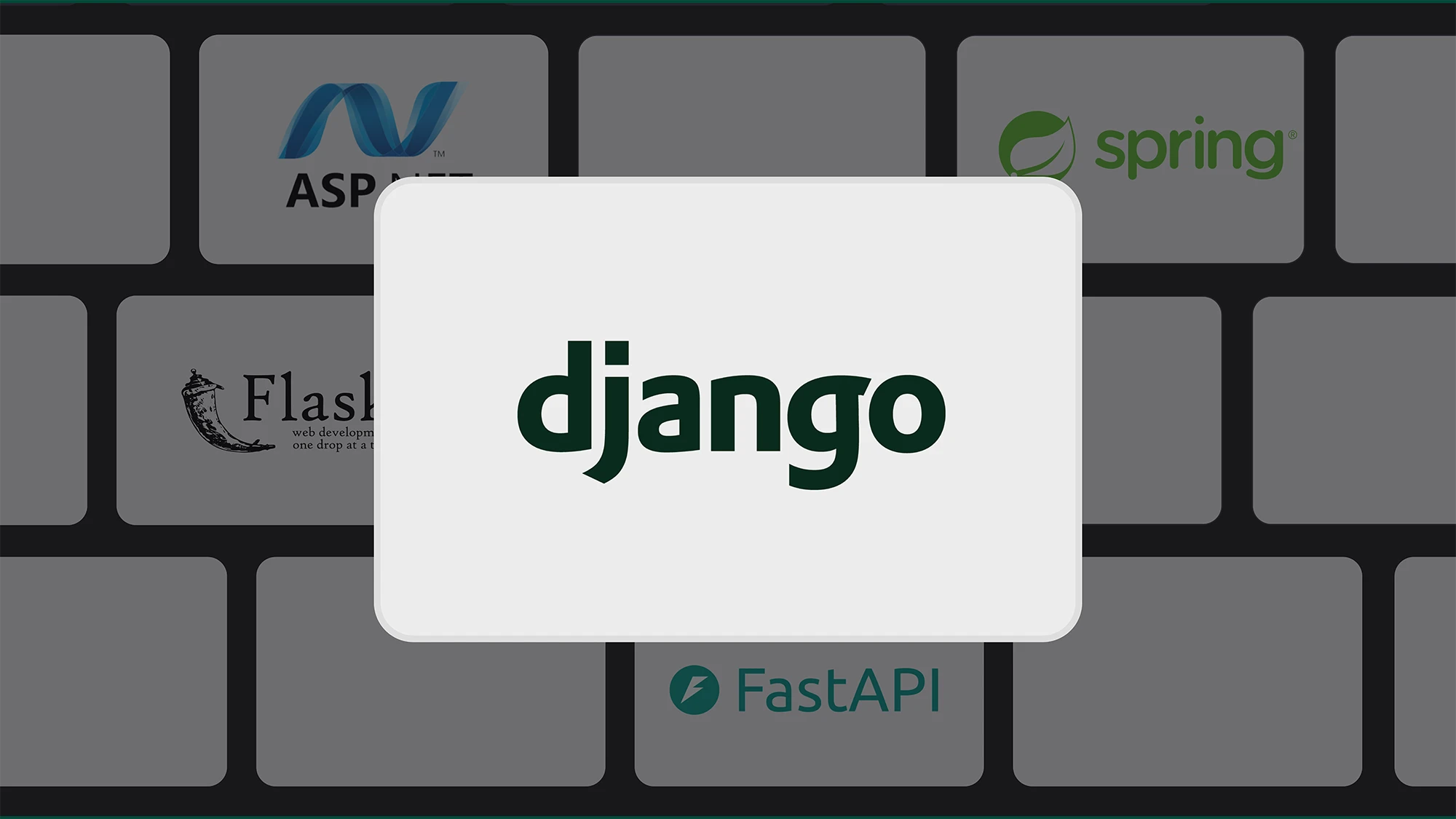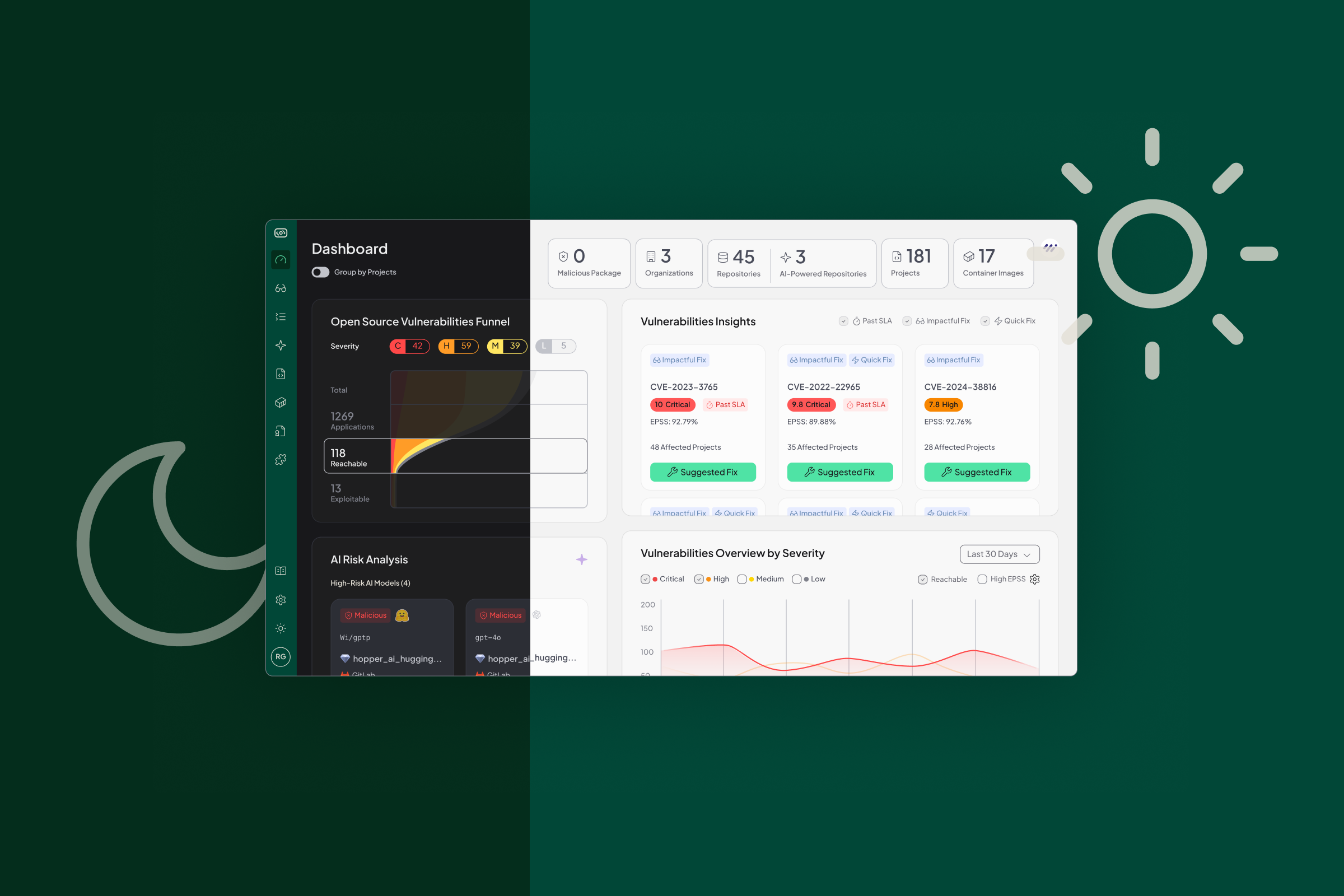Bringing Function-Level Precision to Django Applications
We’re excited to announce support for Django, one of the most widely used web frameworks in Python, as part of Hopper’s function-level reachability analysis.
Django applications are powerful, but they’re also dynamic and abstract by design. This makes them difficult to analyze using traditional static analysis tools. With our new Django support, Hopper now brings the same precision and context-aware analysis to Python teams that we already provide for teams building with Spring, ASP.NET, FastAPI, and other modern frameworks.
Why Traditional Tools Struggle with Django
Static analysis tools were built for linear, predictable codebases. Django is built differently. It uses urlpatterns for route registration, dynamic URL resolution, implicit configuration through settings and conventions, and templates that rely on runtime context injection. These features improve developer experience, but they make it difficult for static tools to understand what is actually happening in the application.
Most tools operate at the package level. They might identify that a vulnerable package is present, but they do not resolve which specific function is affected. Even when they attempt function-level matching, they rarely trace into transitive dependencies and often fail to account for the runtime behavior of modern frameworks.
With Django, this challenge becomes more severe. The control flow from URL to view to logic is built dynamically. Route-to-view mappings are often registered via urlpatterns or class-based views. Context processors and middleware can alter the behavior of a request at runtime. Template rendering pulls in variables from multiple sources that are resolved during execution. In production, many Django apps run behind WSGI servers like Gunicorn, where the entrypoint contains little or no business logic. It simply loads and serves the app, which makes it extremely difficult for traditional static tools to identify the starting point of execution. Without that anchor, control flow and reachable routes remain obscured.
These dynamic behaviors break static analysis. The tools cannot reliably determine which parts of the application are reachable and which are not. This leads to broad, imprecise alerts that lack the context required to prioritize risk.
Hopper Understands Django Internals
Hopper is built for modern applications, not textbook examples. Our engine is dynamic-aware and designed to work within the real structures developers use. In Python, Hopper handles most dynamic constructs out of the box, including dispatch tables, method resolution order (MRO), decorators, and more.
When analyzing Django, Hopper recognizes and interprets routing logic, view registration, middleware, context processors, template behaviors, and common custom patterns. We treat frameworks like Django as core components of the analysis, not as unsupported exceptions.
Instead of flagging every possible vulnerability across your dependency tree, Hopper highlights only the functions that are truly reachable based on your application’s execution paths. If a vulnerable function exists deep in a transitive dependency but is only exposed through a view that is not registered in your urls.py, Hopper does not surface it.
We even recognize deployment patterns using servers like Gunicorn, correctly modeling the actual entrypoint of your application so we can trace real-world execution paths, not just what appears in source files. This allows Hopper to account for how your app actually runs in production, not just how it's structured in code.
The result is fewer false positives, better prioritization, and findings that your team can actually act on.
Framework-Aware, Not Just Language-Aware
Hopper is built to understand how real applications work. Frameworks like Django, ASP.NET, Spring, and FastAPI all introduce dynamic routing, inversion of control, and custom patterns that break legacy scanners. Hopper bridges that gap.
We support:
- Java: including Spring and other dependency-injection frameworks
- .NET: including ASP.NET and common MVC patterns
- Python: including Django and FastAPI
- Go and Kotlin, with support for framework-specific constructs
This coverage lets Hopper surface what actually matters, regardless of language or architecture.
Get Started
Django support is already live and available to all Hopper users. If you're new to Hopper, onboarding takes minutes. There is no need to integrate into your CI/CD.
We’re continuing to expand language and framework coverage so teams can stop chasing alerts and start focusing on what matters. If you’re using Django, or any modern web framework, now is the time to see what Hopper can do for you.






